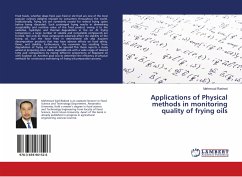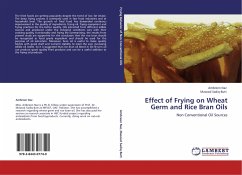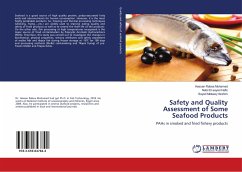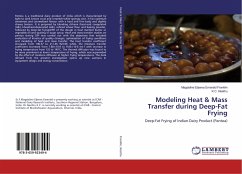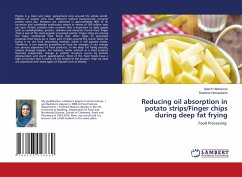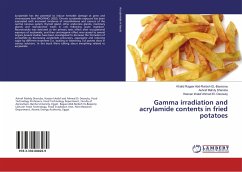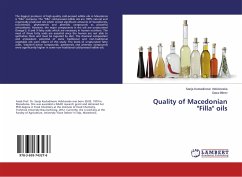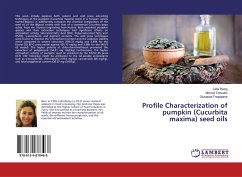Fried foods, whether deep-fried, pan-fried or stir-fried are one of the most popular culinary delights enjoyed by consumers throughout the world. Institutionally, frying oils are commonly reused for several frying cycles before being discarded. Such prolonged frying results in diminishing acceptability and nutritive value of the fried product owing it to the oxidative, hydrolytic and thermal degradation in the oil. At frying temperature, a large number of volatile and nonvolatile compounds are formed. Not only do these compounds adversely affect the stability of the frying oil, but the food fried in deteriorated oils also acquires decomposition products that may have adverse effects on food safety, flavor, and stability. Furthermore, the economic loss resulting from degradation of frying oil cannot be ignored.This thesis reports a study aimed at preparing more stable vegetable oils with a wide range of desired fatty acid compositions by mixing different proportions of Rapeseed oil with Soybean oil. Another goal was to determine the efficiency of physical methods for continuous monitoring of frying oils preparation process.
Bitte wählen Sie Ihr Anliegen aus.
Rechnungen
Retourenschein anfordern
Bestellstatus
Storno

